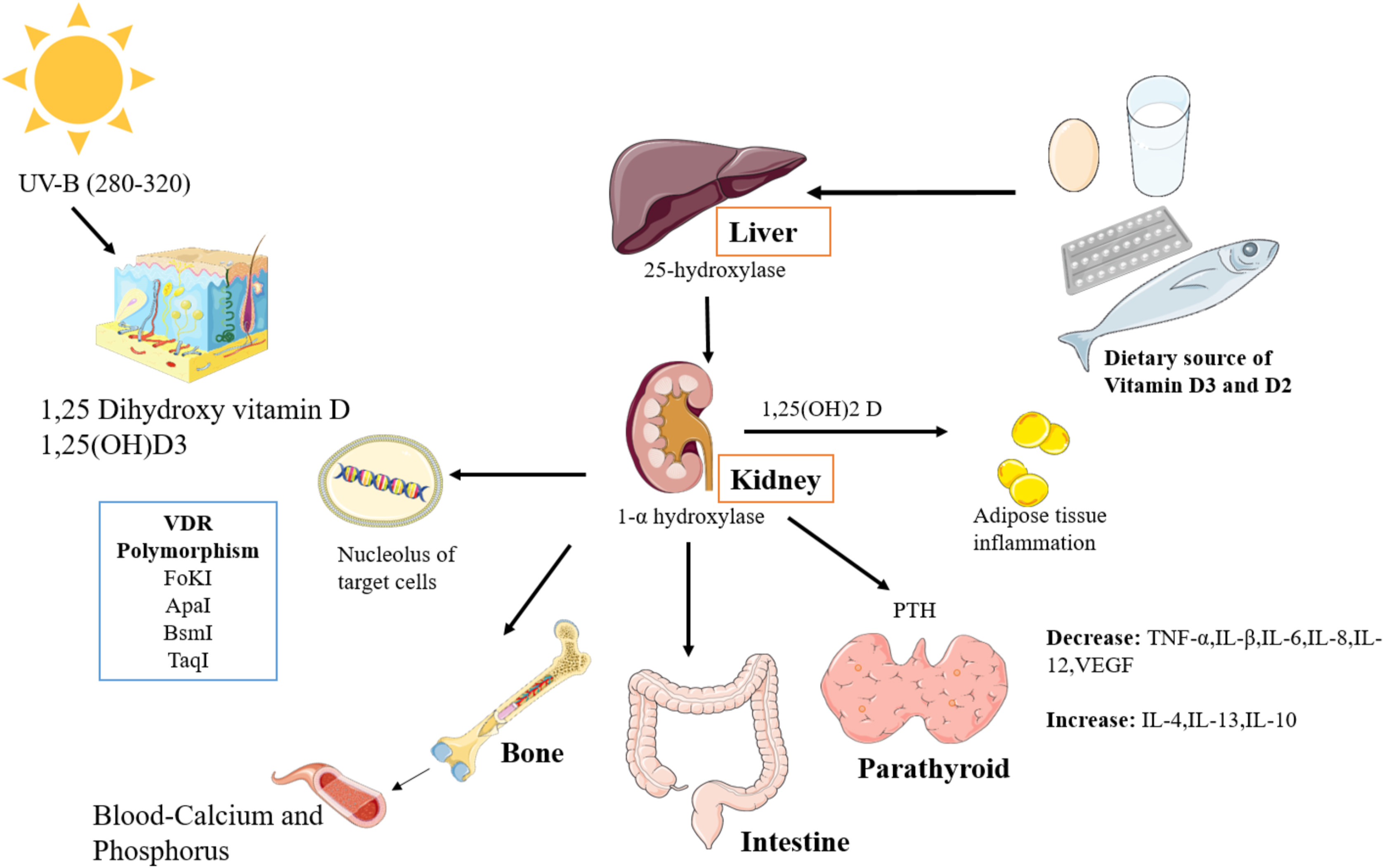This Personal View supports SDGs 2 and 3 by identifying patterns of food supply that are linked to health and environmental risks. The paper includes details of potential effects of changes in water availablity on agriculture,
This article supports SDG 3 by examining the association between social connection markers and rate of change in cognition among people with dementia.
This content links with Goal 3: Good health and well-being and Goal 10: Reduced Inequalities by providing insights into progressive supranuclear palsy (PSP), a neurodegenerative disorder pathologically characterized by accumulation of abnormal tau protein in subcortical nuclei neurons forming the neurofibrillary tangles, and in glial cells as tufted astrocytes and oligodendroglial inclusions.
This content supports the SDG Goal 3: Good health and well-being by discussing sexually transmitted diseases caused by viruses including genital warts, genital herpes, the human immunodeficiency virus, human T cell lymphotropic virus, and hepatitis A, B, C.
This content supports the SDG Goal 3: Good health and well-being by discussing sexually transmitted diseases caused by viruses including genital warts, genital herpes, the human immunodeficiency virus, human T cell lymphotropic virus, and hepatitis A, B, C.
The positive association of choline for cognition has been reported in both animal and human studies, yet the associations of choline with the risks of incident dementia or Alzheimer’s disease (AD) in humans is unclear and the objective of this paper was to test the hypothesis that lower or higher dietary choline intake is associated with increased or decreased, respectively, risks of incident dementia and AD. The paper concludes that low dietary choline intake was associated with increased risks of incident dementia and AD and that further investigations regarding the effects of high choline intake on dementia and AD risks are warranted.
The Lancet Neurology, Volume 21, Issue 11, November 2022, Pages 1004-1060,
This update to the 2017 Lancet Neurology Commission on traumatic brain injury advances SDG 3 by presenting new insights and challenges across a range of topics around traumatic brain injury, a leading cause of injury-related death and disability worldwide, with devastating effects on patients and their families.
This Article supports Sustainable Development Goal 3 by developing a deep learning algorithm for the detection of Alzheimer's using retinal photographs, with the potential for use in community screening.
This chapter advances Goals 16 and 3 by discussing how the EAAF and other international organizations, such as the International Committee of the Red Cross (ICRC) and International Commission on Missing Persons (ICMP) work globally to address large-scale human rights abuses and humanitarian crises through support/substitution of forensic services and development of local medicolegal capacities.
According to the World Health Organization (WHO) report, viral hepatitis has been a problem in human society. Vitamins play a significant role in preventing the hepatocarcinoma and liver cirrhosis. In this report, we will first focus on the vitamin D function in the immune system reactions, and then investigate its role in the viral infections and the signaling pathway of hepatitis B virus. The existence of the cytochrome P450 (CYP) 27B1 enzyme, which is involved in vitamin D synthesis in immune system cells, has drawn researchers ' attention to the field of immune system.

